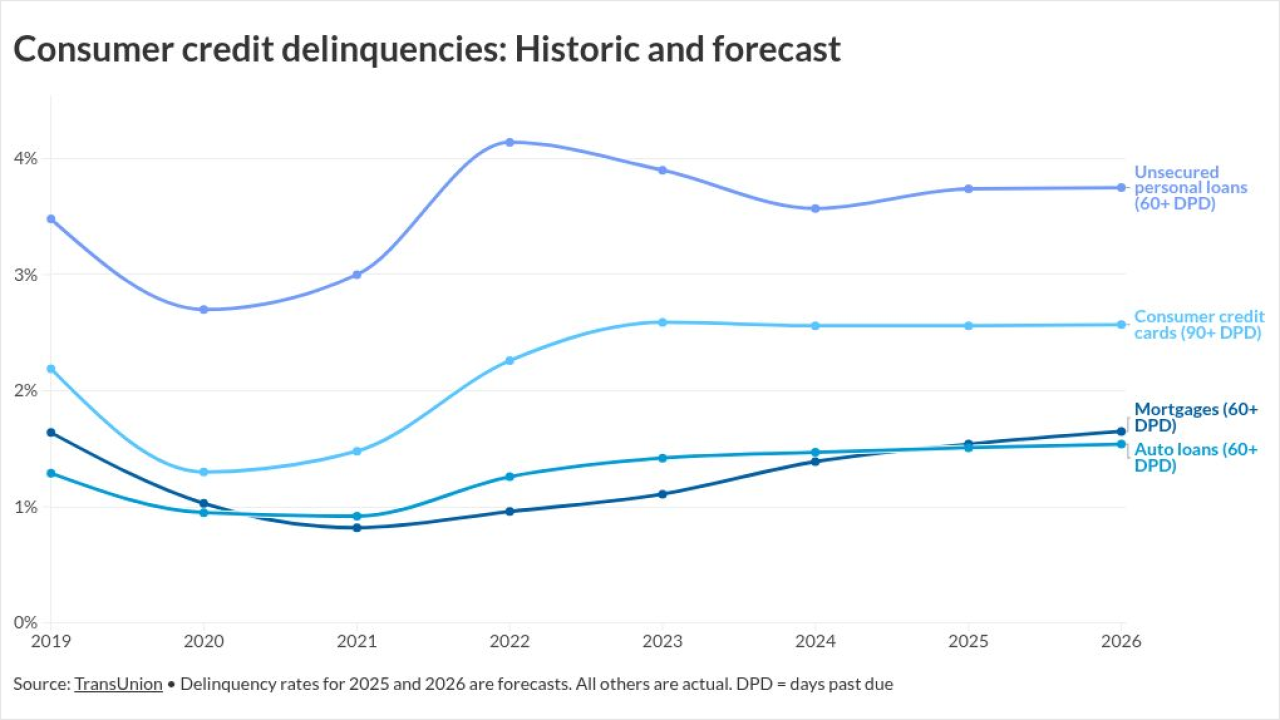

WASHINGTON — Seven years into the economic recovery, it appears that multifamily construction is beginning to top out while single-family construction is accelerating.
Single-family starts totaled 712,000 in 2015, up 10% from a year ago. Economists at the National Association of Home Builders are forecasting such starts will hit 817,000 in 2016, up 15%.
Meanwhile, the growth in multifamily construction could slow to 1% this year,
"Since the great recession, this will be the first year that the growth rate for single-family starts exceeds that of multifamily starts," said Robert Dietz, a senior economist at NAHB.
Still, Dietz said he expects multifamily construction will remain at current levels with some possible additional growth going forward.
"Current multifamily levels are above historically levels," he added.
Following the housing bust, the apartment market heated up and a lot of builders switched from single-family homes to apartments, according to Re/Max president Dave Linger. "That has been the rage now for almost 10 years," he said in a recent interview.
But it has been tough for small builders who stuck with single-family due to the shortage of labor and construction loans.
"This is the most slow and gradual recovery that I have seen in 50 years," Linger said.
However, a slowdown in multifamily growth "might help a lot of small homebuilders that have been constrained by the shortage of skilled labor," Linger said.
There are also signs that banks are
"We are seeing the unlocking of those construction loans. That is a good sign for where we are headed in single-family building," Dietz said.
However, banks are constrained in making C&D loans due to loan concentration ratios imposed by federal regulators, according to Mark Vitner, a senior economist for Wells Fargo Securities.
For some banks, C&D loans are their bread and butter.
"A lot community banks are merging so they can make more of these loans," Vitner said in an interview.
Wells Fargo is forecasting a 9% increase in single-family starts in 2016 and a 3% to 5% increase in multifamily starts. Newly completed multifamily projects are still leasing up pretty quickly, according to Vitner. And despite the regulators warning of potential overbuilding, multifamily builders still have access to capital.
But it is normal to enter into a slowdown or even a recession seven years into an economic expansion. "Anyone who starts a project right now knows there is a decent chance of completing their project in a recession," Vitner said. And that might make builders a "little more cautious."
The forecast calls for no change in multifamily starts in 2017 and a 6% increase in single-family starts next year. "I would like us to build more single-family homes. But we are getting late in the business cycle," Vitner said.
Meanwhile, publicly traded homebuilders are performing well. LGI Homes completed 3,400 closings in 2015, up 45% from the prior year. The Woodlands, Texas-based builder, entered new markets last year and increased its community count to 52 from 39.
In 2016, LGI executives plan to increase their community count to between 62 and 67. They expect to sell 4,000 to 4,400 new homes and keep their gross margin at 25% or above.
Federal Housing Administration, Department of Veterans Affairs and Rural Housing Service guaranteed loans are the prime source of credit for its customers who are mainly first-time buyers. The average sales price of a LGI home is $190,000 to $200,000.
"We hold a positive outlook on 2016 and believe demand for homeownership is alive and well," said Eric Lipar, LGI's chief executive and chairman, on Wednesday during an earnings conference call.





